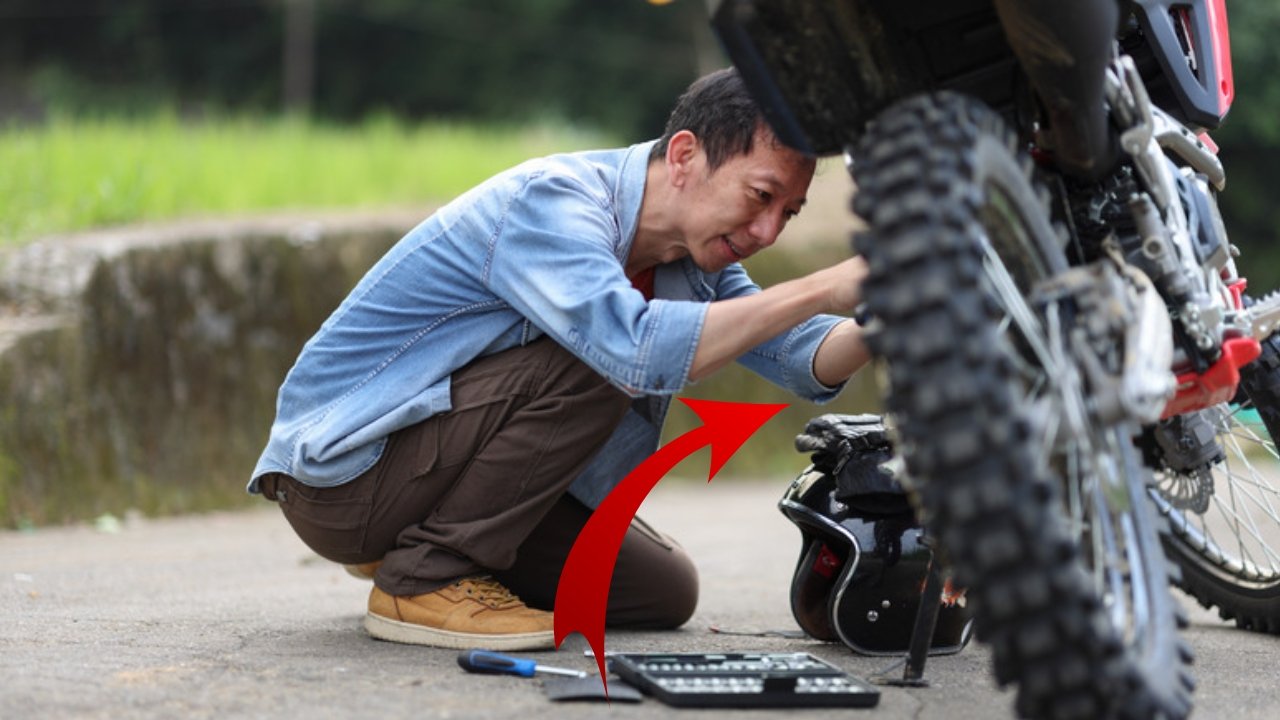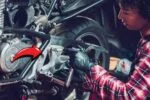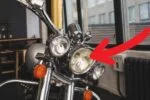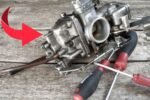Experiencing a motorcycle that won’t start can be frustrating, especially when you’re eager to hit the road. While there are numerous reasons why a bike may fail to start, troubleshooting the issue systematically can help pinpoint the root cause. In this guide, we’ll walk you through a comprehensive step-by-step process to help you identify and fix a motorcycle that won’t start.
Contents
- 1 Step 1: Check the Battery Voltage
- 2 Step 2: Inspect the Fuel System
- 3 Step 3: Examine the Spark Plug
- 4 Step 4: Investigate the Ignition System
- 5 Step 5: Examine the Starter Motor and Relay
- 6 Step 6: Examine the Clutch and Kickstand Safety Switches
- 7 Step 7: Check the Engine Kill Switch
- 8 Step 8: Look for Other Mechanical Issues
- 9 Step 9: Call a Professional Mechanic
- 10 Conclusion
Step 1: Check the Battery Voltage
The first thing to check when a motorcycle refuses to start is the battery. A dead or low battery is one of the most common causes of starting problems. Here’s how to check:
- Examine the Battery Terminals: Ensure the battery terminals are clean and free from corrosion. Corroded or loose connections can prevent the proper flow of electricity.
- Test the Voltage: Use a multimeter to test the voltage of your battery. A fully charged battery should read around 12.6 volts. If the reading is below 12 volts, the battery may need to be recharged or replaced.
- Jump Start the Motorcycle: If the battery voltage is low, try jump-starting the bike using jumper cables connected to a car or a battery charger. If it starts, you know the battery is the issue.
Step 2: Inspect the Fuel System
A common culprit for a motorcycle that won’t start is an issue within the fuel system. Here’s what to look for:
Fuel Level
Ensure that the fuel tank has enough gas. It may sound simple, but sometimes the issue can be as basic as an empty tank. If the fuel gauge isn’t working correctly, check the tank manually.
Fuel Flow
If the fuel level is adequate, check the fuel petcock (for older bikes) or the fuel pump (for modern motorcycles). Ensure the fuel is flowing correctly. If your motorcycle uses a carburetor, make sure the fuel is reaching the carburetor properly. Fuel blockages can prevent the engine from starting.
Inspect the Fuel Lines
Look for cracked or damaged fuel lines. Leaks or blockages in the fuel line can cause starting issues and reduce engine performance.
Check for Stale Fuel
If your bike has been sitting idle for a while, the fuel may have gone stale. Stale fuel can clog the fuel system and prevent the motorcycle from starting. In such cases, drain the old fuel and refill the tank with fresh fuel.
Step 3: Examine the Spark Plug
A faulty spark plug can prevent your motorcycle from starting, as it is responsible for igniting the fuel-air mixture in the engine. Here’s how to check:
- Remove the Spark Plug: Use a socket wrench to carefully remove the spark plug from the engine.
- Inspect the Spark Plug: Look for any signs of wear, corrosion, or fouling. A worn or damaged spark plug will need to be replaced.
- Clean the Spark Plug: If the spark plug looks dirty or corroded, clean it with a wire brush or replace it if necessary.
- Check for Spark: You can check for spark by grounding the spark plug to the engine and turning the engine over. If there is no spark, replace the spark plug.
Step 4: Investigate the Ignition System
The ignition system is vital for the motorcycle’s engine to fire properly. If there’s an issue within the ignition system, the motorcycle may not start. Follow these steps:
- Check the Ignition Switch: Ensure the ignition switch is in the “on” position.
- Examine the Kill Switch: Ensure the kill switch is in the “run” position. If the kill switch is set to “off,” the motorcycle will not start.
- Inspect the Fuses: Check the fuse box for any blown fuses. A blown fuse can interrupt the electrical system, preventing the motorcycle from starting.
- Test the Ignition Coil: If the spark plug is functional but the engine still won’t start, you may need to inspect the ignition coil. Use a multimeter to check the resistance. If the coil is faulty, it will need to be replaced.
Step 5: Examine the Starter Motor and Relay
If the battery and ignition system are functioning correctly but the engine still doesn’t turn over, there could be an issue with the starter motor or relay. Follow these steps:
- Listen for Sounds: Turn the key and listen for any clicking noises. A clicking sound often indicates that the starter relay is working, but the starter motor may be stuck.
- Test the Starter Motor: If you hear no sound, the starter motor could be defective. Use a multimeter to test its functionality. If the starter motor is faulty, replace it.
- Check the Starter Relay: If the starter motor is functional, the relay may be the problem. Test the relay to see if it’s providing the necessary voltage to the starter motor.
Step 6: Examine the Clutch and Kickstand Safety Switches
Many modern motorcycles have safety features like clutch and kickstand switches that prevent the bike from starting if they’re engaged improperly. Here’s what to do:
- Clutch Safety Switch: Ensure that the clutch lever is fully pulled in when trying to start the bike. If the clutch safety switch is malfunctioning, the bike won’t start.
- Kickstand Safety Switch: If the kickstand is down, the safety switch will prevent the bike from starting. Ensure that the kickstand is fully up before starting the motorcycle.
Step 7: Check the Engine Kill Switch
Many motorcycles are equipped with an engine kill switch, which is designed to stop the engine from running. If the kill switch is in the “off” position, your motorcycle will not start. Make sure the switch is in the “on” or “run” position before attempting to start the bike.
Step 8: Look for Other Mechanical Issues
If none of the above steps resolve the issue, there may be a deeper mechanical problem with your motorcycle’s engine. Here are a few more things to check:
- Compression Issues: Low compression due to worn-out piston rings or valve issues can prevent the motorcycle from starting. A compression test can help identify if this is the case.
- Carburetor Issues: If your motorcycle uses a carburetor, it could be clogged or improperly tuned. Cleaning or adjusting the carburetor may fix the problem.
- Engine Overheating: If the engine has overheated or seized, it may be difficult or impossible to start the motorcycle.
Step 9: Call a Professional Mechanic
If after following all these steps your motorcycle still won’t start, it may be time to consult with a professional mechanic. They can perform a more in-depth diagnosis and help you identify and resolve the issue.
Conclusion
Fixing a motorcycle that won’t start can be a simple or complex process depending on the underlying issue. By following this step-by-step guide, you can systematically diagnose the problem and take appropriate action to get your motorcycle running again. Always ensure you’re working safely, and if you’re unsure about any steps, don’t hesitate to seek professional help.




